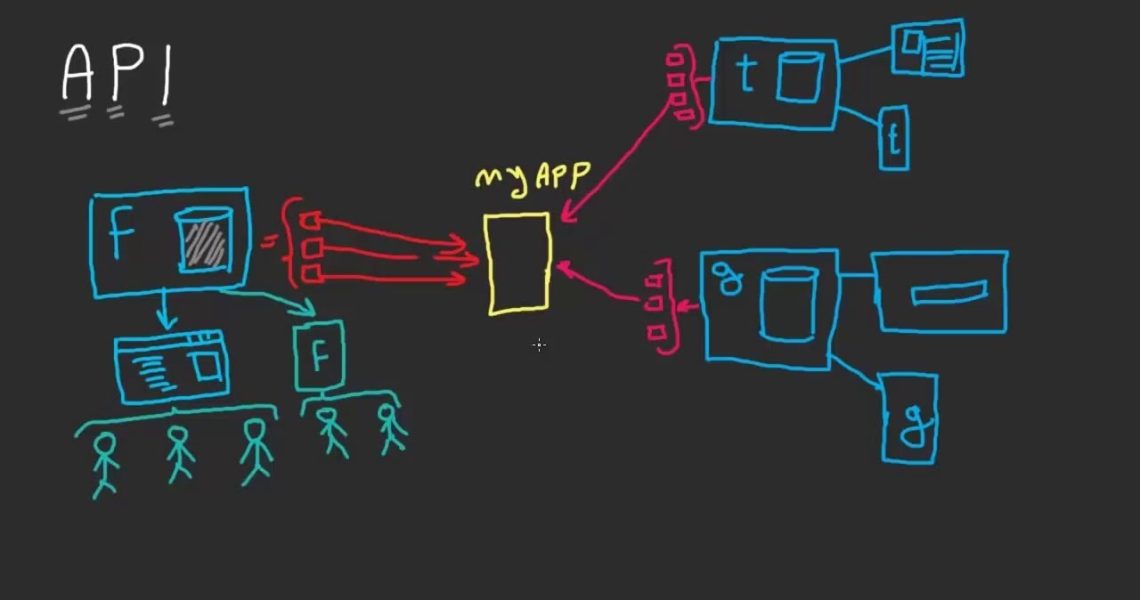The API-first methodology prioritises the soundness of the software’s application programming interfaces (APIs). In other words, your whole development process should be geared towards making your APIs as consumable as possible. APIs are no longer an afterthought thanks to the API first development philosophy; rather, they are used as a competitive advantage.
The major focus of code-first development is on building the service and its associated infrastructure. The API is currently being built, with your developers handling all the decisions. It is possible to fall short of the end-user’s expectations while utilising a code-first development strategy.
When designing an API first, you may focus on client needs via a feedback loop before expanding the service. This facilitates building the right API the first time and every time after that.
Why do so many organisations choose a “API First” approach?
Beginning with the application programming interface is a popular strategy. It’s crucial for efficiently carrying out your digital transformation strategy within the allotted time frame and making the most of the available means.
The developers’ ultimate objective is to create innovative items from scratch with a wide range of existing parts. And API First Development, or application programming interfaces, are the engine that makes it all go. In reality, starting with the API enables the development of modular and reusable app ecosystems, which are a perfect match for microservices.
Things to Think About When Creating the API for the First Time
When adopting API-first development, it is critical to pay careful consideration to the API design. What are the requirements for using your API? When designing your API, what sort of structure will you use? What kind of capabilities does it have? In what ways will it expand when the application you’re working on matures?
When creating using API first, you must give your attention to the API before anything else. Is there a description of the API’s relationship with the app? How will the application communicate with other services through the Application Programming Interface?
If you want to get the most out of your API first strategy, you’ll need to put in a lot of time and energy into careful planning and strategy creation, as well as an iterative approach. But there are numerous benefits to be had once you arrive.
Challenges Helped along by API First’s Development
Several benefits emerge from API developers working together on the original design. However, there is still a major hurdle that has to be cleared. Our talk on improving data sets has come to a close.
Take the approach that centres first on your API. The next stage is to develop a programme that communicates with the API and retrieves the desired data.
In the event that the current app needs updating, or if a new app must be developed that makes use of the API, what procedures must be followed? In this instance, you’ll need to either develop a new API or modify the current one.
What if you started with the data and built an API that gave authorised users access to everything?
That’s a spot-on summary of what you can do using GraphQL. If you use GraphQL with only one API, you might potentially shorten the time it takes to get your product to market. There will be no need to constantly create new APIs or update existing ones.



